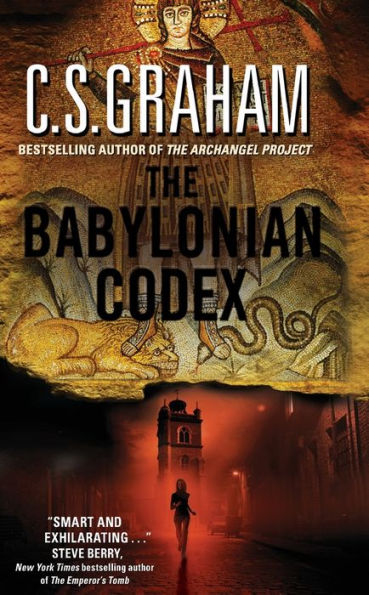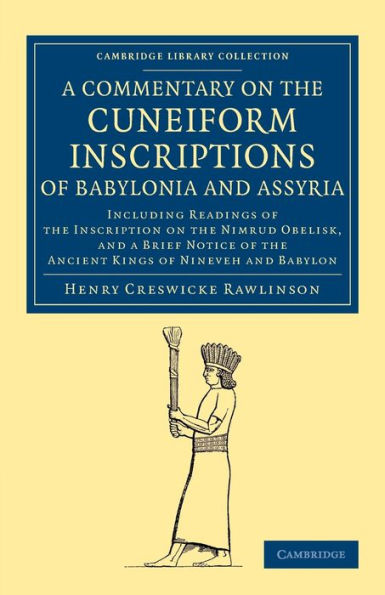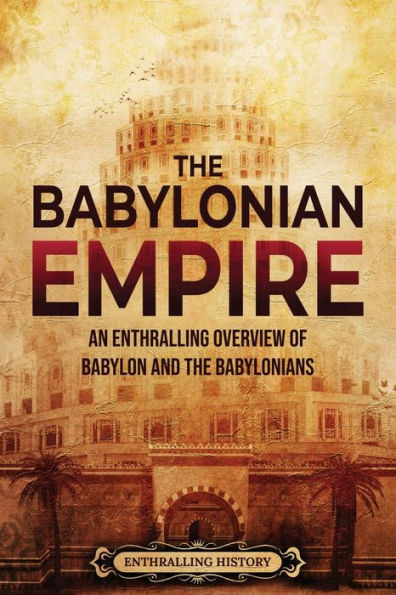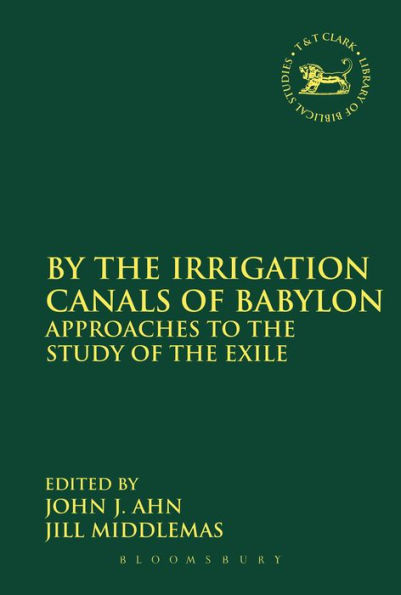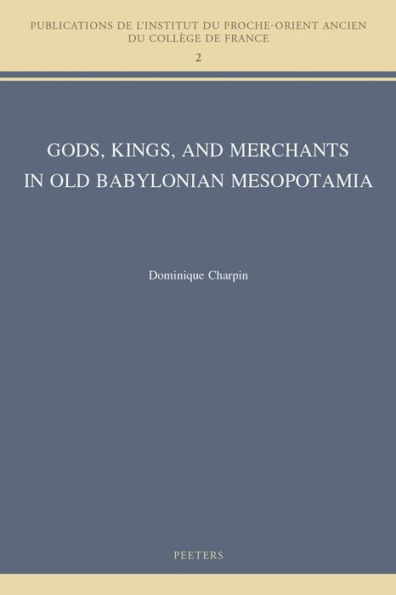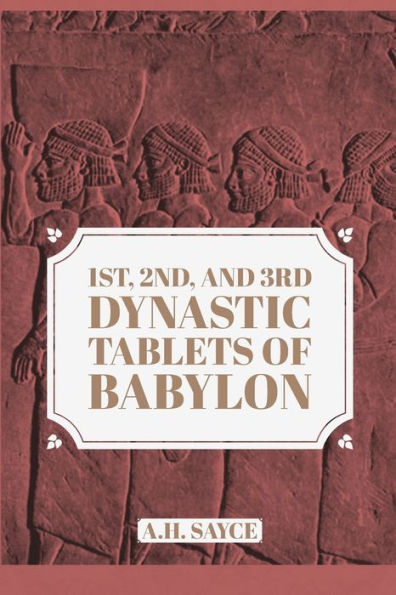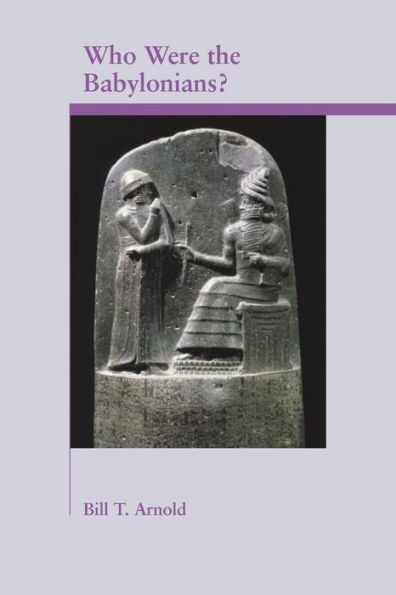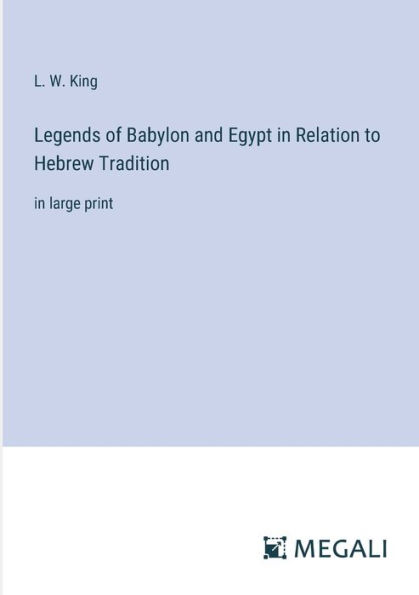Home
A Babylon Calendar Treatise: Scholars and Invaders in the Late First Millennium BC: Edited with Introduction, Commentary, and Cuneiform Texts
Barnes and Noble
A Babylon Calendar Treatise: Scholars and Invaders in the Late First Millennium BC: Edited with Introduction, Commentary, and Cuneiform Texts
Current price: $165.00
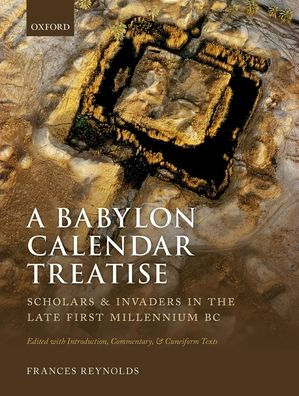

Barnes and Noble
A Babylon Calendar Treatise: Scholars and Invaders in the Late First Millennium BC: Edited with Introduction, Commentary, and Cuneiform Texts
Current price: $165.00
Size: OS
Loading Inventory...
*Product information may vary - to confirm product availability, pricing, shipping and return information please contact Barnes and Noble
This volume publishes in full for the first time all known cuneiform manuscripts of an Akkadian calendar treatise that is unified by the theme of Babylonia's invasion. It was composed in the milieu of Marduk's Esagil temple in Babylon, probably in the Hellenistic period before
170 BC. Esagil rituals are presented as essential to protect Babylonia, and specifically Marduk's principal cult statue, from foreign attack. The treatise builds the case by drawing on traditional and late Babylonian cuneiform scholarship, including astronomy-astrology, accounts of warfare with Elam and Assyria, battle myths of Marduk and Ninurta, and wordplay. Calendrical sections contain an amalgam of apotropaic ritual against invasion, astrological omens of invasion as ritual triggers, past conflicts as historical precedent, divine combatants representing human foes, and sophisticated exegesis.
The work is partially preserved on damaged clay tablets in the British Museum's Babylonian collection and the volume presents hand-drawn cuneiform copies, a composite edition, and a manuscript score. A comprehensive contextualizing introduction provides readers in a range of fields - including Assyriology, classics and ancient history, ancient Iranian studies, Biblical studies, and ancient astronomy and astrology - with a key overview of topics in Mesopotamian scholarship, the manuscripts themselves, and their language and orthography. A detailed commentary explores how the treatise aims to demonstrate the critical importance of the traditional Esagil temple in Babylon for the security of Babylonia and its later imperial rulers.
